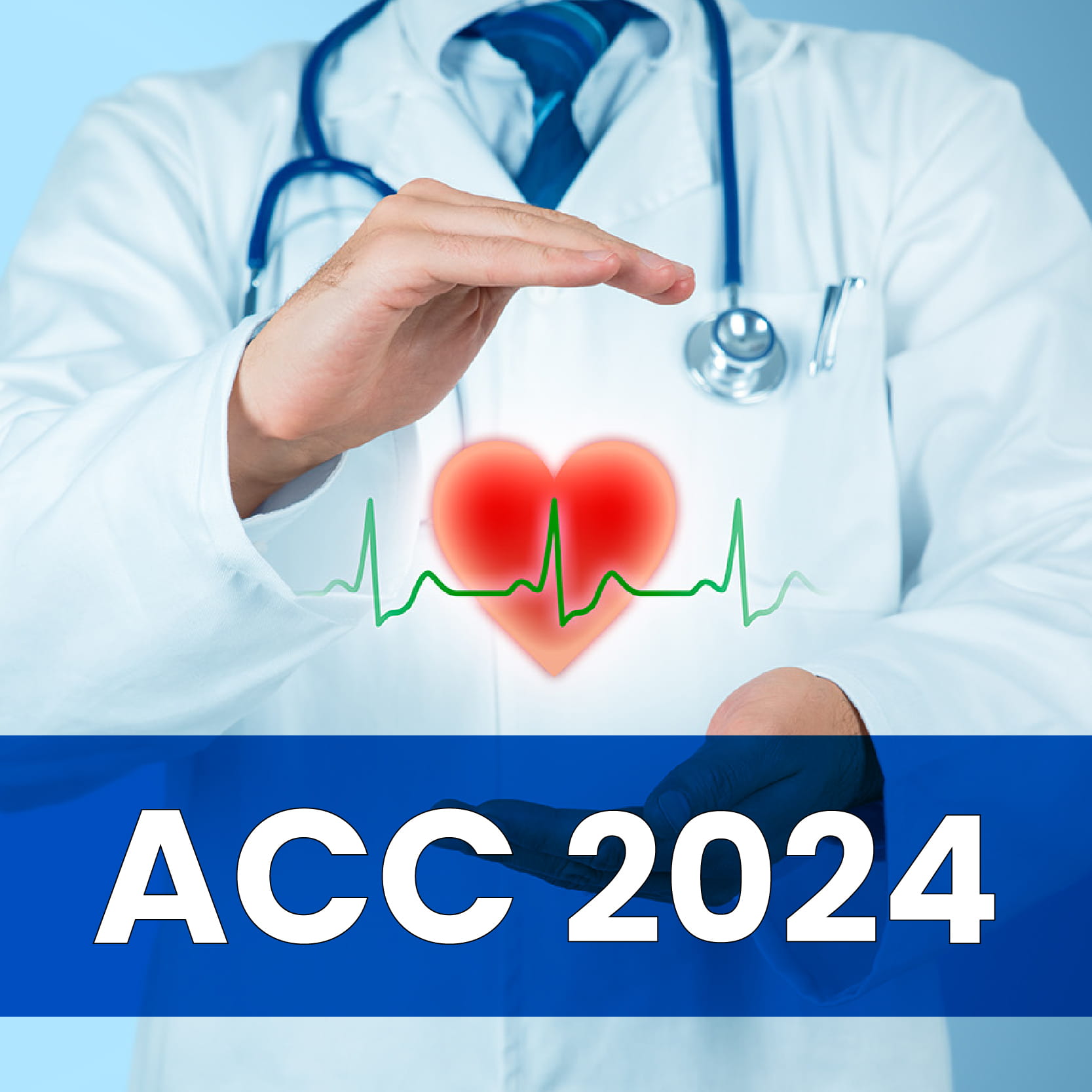Evolution in the “HDL Hypothesis”
Low levels of high-density lipoprotein (HDL), often referred to as "good cholesterol," have long been linked to adverse health outcomes. Despite numerous attempts to raise HDL levels, these efforts have generally failed to yield significant success. Challenges include off-target toxicity, such as increased blood pressure or inflammation markers, which counteract any potential benefits. Additionally, simply increasing the number of HDL particles may not necessarily translate to improved outcomes if the quality of the cholesterol remains suboptimal.
Researchers have shifted focus towards understanding the functionality of HDL cholesterol, particularly its ability to efflux or remove cholesterol from macrophages. Observational studies have consistently shown that good HDL efflux is associated with positive outcomes in chronic disease settings. In the context of heart attacks, patients with high-efflux HDL exhibit lower mortality rates, particularly in the first 30 days post-heart attack.
This observation led to investigations into whether improving HDL efflux early on in the acute phase of a heart attack could positively influence outcomes. A novel approach involving human apolipoprotein A1 (ApoA-1), stabilized with sucrose and phosphatidylcholine, demonstrated significantly improved efflux capacity compared to standard treatments. This approach holds promise in potentially transforming suboptimal cholesterol into highly effective cholesterol, with potential benefits for heart attack patients.
Initial studies in humans showed promising results, with a single dose of this approach significantly reducing plaque fat content in patients with peripheral artery disease. Building on these findings, a large-scale randomized trial involving over 18,000 high-risk patients with multi-vessel disease was conducted. Patients were randomized to receive either CSL112 (ApoA-1) or a placebo, with outcomes assessed at various time points up to 365 days post-treatment initiation.
The study's primary endpoint focused on cardiovascular death, myocardial infarction (MI), and stroke at 90 days. Secondary endpoints were evaluated at 180 and 365 days. The study aimed to detect a 20% relative risk reduction in events, with a sufficient number of events and statistical power to detect meaningful differences between the treatment and placebo groups.
Baseline Characteristics, Primary Endpoint and Safety Findings
The trial enrolled patients from 49 countries across 886 sites, comprising individuals with various cardiovascular risk profiles. Approximately half of the patients had ST-segment elevation myocardial infarction (STEMI), with 88% undergoing percutaneous coronary intervention (PCI) during their initial hospitalization. Moreover, 92% of patients were on statin therapy at baseline, with relatively moderate lipid profiles, including a mean baseline LDL level of 84 mg/dL and HDL level of 39 mg/dL.
Despite challenges such as the COVID-19 pandemic and regional conflicts, the trial maintained exceptional data quality, with 99.5% of patients completing the 90-day follow-up. While the primary endpoint at 90 days did not reach statistical significance, there was a trend towards improvement with CSL112 treatment. However, at 180 days, a notable separation in outcome curves emerged, with a trend towards significance (p = 0.077). Notably, there was a reduction in MI events at 180 days, including a decrease in type IV MI and stent thrombosis, suggesting a potential benefit of CSL112 in preventing acute coronary events.
In terms of safety, CSL112 demonstrated a favorable profile, with a higher incidence of hypersensitivity events compared to the control group, but fewer renal events were observed. There were no significant differences in liver safety parameters between treatment arms. Importantly, the consistent findings across various subgroups suggest the potential efficacy of CSL112 in reducing cardiovascular events across diverse patient populations. While further investigation is warranted to confirm these findings, the trial provides valuable insights into the safety and potential benefits of CSL112 as an adjunctive therapy for high-risk patients following acute MI.
Secondary and Exploratory Hypothesis Generating Analyses
The analysis focuses on a subgroup of patients with hyperlipidemia, specifically those with baseline LDL levels above 100. Across the entire spectrum of LDL levels, a trend is observed where higher LDL levels correlate with greater treatment efficacy. However, the analysis hones in on patients with LDL levels over 100, revealing a significant interaction term indicating that baseline LDL levels influence treatment effects.
In this subgroup, characterized by hyperlipidemia, the treatment consistently reduces major adverse cardiovascular events (MACE) rates at all time points. Conversely, among patients with LDL levels below 100, there is no discernible treatment effect. This suggests that the benefit of the treatment may be particularly pronounced in individuals with elevated LDL levels and potentially lipid-rich plaque. The observed reduction in MACE rates among hyperlipidemic patients is supported by significant reductions in cardiovascular death and MI across all time points. Notably, there is a 36% reduction in cardiovascular death and MI at 90 days, translating to a number needed to treat approximately 50 to prevent one event.
While the trial did not meet its primary composite endpoint, the findings underscore the potential of the treatment to benefit patients with hyperlipidemia and atherothrombotic disease. However, it's important to acknowledge that these observations are exploratory and hypothesis-generating. Further validation is warranted to confirm the biological plausibility of the observed effects and to elucidate the mechanisms underlying plaque stabilization. Overall, the analysis suggests that among patients with acute myocardial infarction and multivessel disease, treatment with CSL112 or ApoA-1 compared to placebo may offer significant reductions in cardiovascular death and MI, particularly in those with baseline LDL elevation. While promising, these findings necessitate investigation and validation to inform clinical practice.
American College of Cardiology (ACC) Congress 2024, 6th April - 8th April 2024, Atlanta, Georgia, USA

.svg?iar=0&updated=20230109065058&hash=B8F025B8AA9A24E727DBB30EAED272C8)
